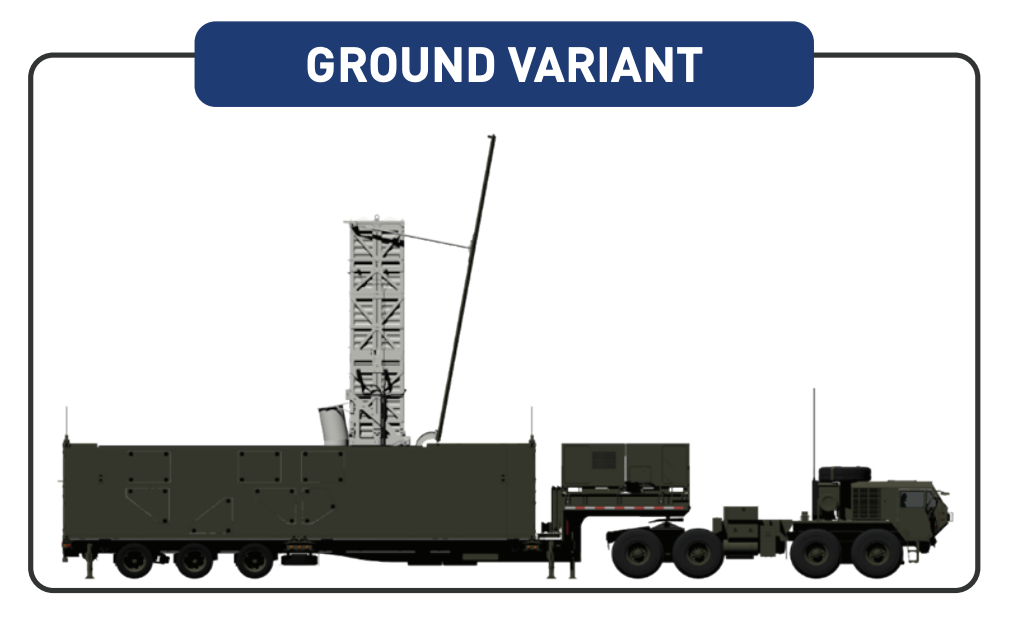
U.S. Marines and Australian Army units teamed up with the U.S. Army last week as part of a multi-service team to sink a cargo ship at sea with a Standard Missile 6 fired from the Typhon missile system as part of the Talisman Sabre exercise in Australia, according to new details provided by the Marines, US Naval Institute News reports.
Marine Rotational Force-Darwin 25.3 Marine Air-Ground Task Force convoyed on the ground in the Northern Territory of Australia, while MV-22B Ospreys from Marine Medium Tiltrotor Squadron (VMM) 363 took to the skies to support the July 16 live-fire exercise in which the Army bullseyed a maritime target with a portable launcher. The exercise, which also included the Australian Army’s 5th/7th Battalion, Royal Australian Regiment (5/7 RAR), was meant to simulate a joint littoral maneuver across a contested region.
“We validated mobile command and control at scale — integrating joint and multinational fire assets to apply decisive combat power at a time and place of our choosing. That’s how MRF-D operates as a stand-in force: lethal, agile and always in position to act with allies and partner forces,” said Col. Jason C. Armas, commanding officer of MRF-D 25.3 in a release,
The Marines and Australian forces were tasked with securing firing areas and deconflicting and clearing airspace to prepare for the Typhon launch. The live-fire event marked the first time the Army’s 3rd Multi-Domain Task Force (MDTF) tested the containerized missile launcher derived from the Navy MK 41 launchers used on warships outside the U.S.
Ahead of the firing, U.S. Marines from MRF-D’s Marine Air-Control Group (MACG) 38 deconflicted and cleared the airspace surrounding multi-domain live-fire corridors. The target was identified during this phase — a cargo ship outfitted with an active emitter to simulate a hostile maritime radar signature.
Intelligence, surveillance and reconnaissance assets, including U.S. Navy P-8A Poseidon aircraft and allied special operations forces, fed real-time data to the U.S. Army and mobile MRF-D MAGTF Combat Operations Center (COC) leading up to the strike, according to the release.
Meanwhile, a combined U.S. Marine Corps and Australian Defence Force (ADF) team inserted from the north via ground convoys and Ospreys to secure positions near the joint and combined fire assets in the Northern Territory.
The two nations then completed an air delivery ground refuelling operation, during which the Ospreys reverse-pumped aviation fuel to the Australian Army Reconnaissance Helicopters (ARH) Tigers. This was meant to demonstrate the interchangeability of fuelling capabilities between aircraft, according to a release.

Nearly simultaneously with the live-fire execution, U.S. Marines with the Logistics Combat Element (LCE) maneuvered south, pushing fuel and logistics packages to enable follow-on force projection of MRF-D’s Ground Combat Element (GCE) and sustainment of 5/7 RAR’s forces upon arrival to the training area.
The Marines’ Combat Operations Center also successfully transported the MRF-D MAGTF commander and employed a small contingent of cyber, intelligence, fires, and communications Marines to ensure the commander’s ability to make timely decisions on the move while avoiding detection. The command center was built around ruggedized civilian trucks and a camper van, retrofitted with equipment to enable command and control of the battlespace from any location.
“We executed this operation across the competition continuum and inside simulated contested areas: sensing and making sense in the complexity of the modern battlespace,” Armas said.
The U.S. is one of 19 nations and 35,000 troops engaging in Talisman Sabre 2025, which has been held every two years since 2005. This year’s event kicked off July 13 and will conclude July 27.
Following the Typhon firing, MRF-D Marines and Australia’s 5/7 RAR are simulating seizing key maritime terrain with the combined force employing MV-22B Ospreys for insertions at Cloncurry and Bootu, Northern Territory. The Marines are rehearsing distributed basing, expeditionary refueling and mobility in a contested environment, according to the release.
A portion of Marine Fighter Attack Squadron (VMFA) 242 ‘Bats’F-35B Lightning II fighters of the 31st Marine Expeditionary Unit (MEU) are operating from Royal Navy aircraft carrier HMS Prince of Wales(R09) during Talisman Sabre. The U.S. Marine fighter jets join the carrier’s air wing of F-35Bs.
The current deployment on the U.K. Carrie Strike Group’s (UKCSG) Prince of Wales is the second time a Marine Corps F-35B squadron has operated as part of the UKCSG’s air wing, with the first time being VMFA-211 ‘Wake Island Avengers’ deploying on aircraft carrier HMS Queen Elizabeth (R08) in 2021. The VMFA-242’s attachment is temporary. The rest of the squadron is operating from amphibious assault ship USS America (LHA-6), which is also taking part in Talisman Sabre.
The U.S. Navy’s George Washington Carrier Strike Group is also participating in the exercise. The strike group includes the USS George Washington (CVN-73), the Arleigh Burke-class USS Shoup(DDG-86), the Ticonderoga-class cruiser USS Robert Smalls (CG-62), and Carrier Air Wing Five.



